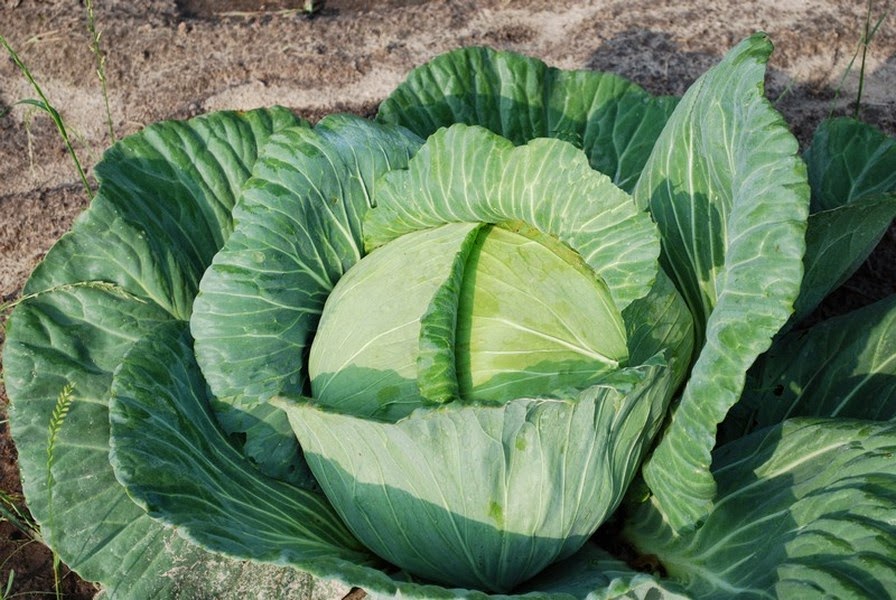Growing up, I (and my family) did not trust herbs, we trusted doctors who put me on antibiotics and steroids for a vast array of out of control upper respiratory issues during childhood and adolescent life.Of course this was not done out of maliciousness but in the 80's and 90's this was simply what was common and how one "got healthy". Many MD's now know the dangers associated with over use of antibiotics and suggest alternative sources first - to these MD's I give my great gratitude for your understanding of the body as a self healing entity.
This year, like many of us, my entire household got the upper respiratory bug that seems to be spreading like wildfire. Symptoms included exceedingly sore throat, severe nasal congestion, nasal infection, a dry hacking and un-producing cough, chest tightness, headache, severe laryngitis, sharp pain when swallowing, swollen lymph nodes, and low grade fever. Being a creature of habit I must admit, my first reaction was to go to the doctor instead of immediately going to my herbal pharmacy - however, once I realized that there was nothing the doctor could do that was helping (antibiotics, over the counter cold medicine) I went ahead and endeavored to practice what I preach.
Perhaps this is something that few Herbalists or students of herbalism talk about, but I think there is a transition period when moving from one type of "medicine" to another and a certain level of trust that we only learn through personal experience. After years and years of exposure to the teachings of alopathic medicine it is hard to suddenly change our habitual thinking and offer our trust to the plants that we have learned to love while we study their various medicinal paths. Yet, it seems that time and time again I have seen herbs and nutritional therapy resulting in health where alopathic medicine can do little more than relieve symptoms. Of course I am not saying this out of an "Us vs. Them" state of mind, but simply that when one fails, the other should be sought.
After a week of being sick this winter I had had enough of the discomfort and the cough, and the sleepless nights and at the point of being fed up simply made a leap of trust into what I knew to be true. What came of my trust was health, the herbs worked well, they worked quickly, and they worked where other practices of medicine did not.
So, how did I do it?

If you follow me on Herbalists Without Borders - Vancouver you are likely very familiar with photos of my counter with various herbs, remedies, and mixes. I am fortunate enough to have an herbal pharmacy of my own at home and to be able to mix my own tinctures and teas. For this monster of an upper respiratory infection I went ahead and made a tincture mix, a tea, and also took an encapsulated herb by Nature's Sunshine (my absolute FAVORITE herb and supplement supplier).
From Left to Right, here is my Herb List:
- Oregon Grape Root - Mahonia aquifolium 1:5 @ 40% alcohol
- Astragalus - Astragalus membranaceis 1:1 @ 40% alcohol
- Pleurisy Root - Acleplas tuberosa 1:5 @ 40% alcohol
- Lemon Balm - Melissa officinalis 1:1 @ 40% alcohol - Fresh Extract
- Mullein Leaf - Verbascum thapsus
- Olive Leaf Extract - Capsules
- Slippery Elm Powder - Ulmus rubra
- Licorice Root - Glycyrrrhiza glabra
For the sake of simplicity I am not going to list the exact tincture mix or the dosage, if you would like to know I am happy to share, simply message me from Herbalists Without Borders Vancouver.
I was rather amazed by how quickly things started working! For the tincture mix I started dosing myself every 2 to 3 hours for the first 48 hours and dosed every 6 hours for the following day and then went down to three to four times daily. For the tea I drank it as needed for my cough fits throughout the day and found that it would calm the cough for a few hours before it was needed once more. Lastly I took three of the Olive Leaf capsules 3 times daily. I was over the hump in 72 hours and the cough turned from dry and painful to productive and went from spastic coughing fits to cough only associated in the morning.
I love herbs, I love botanical medicine, and I love that they teach me time and time again to put my trust in the good, green things of this beautiful earth. As my dear friend likes to remind me "for every illness there is an herb" and really, there is.
I hope you enjoyed reading! Please feel free to reach out or comment with any questions.





































